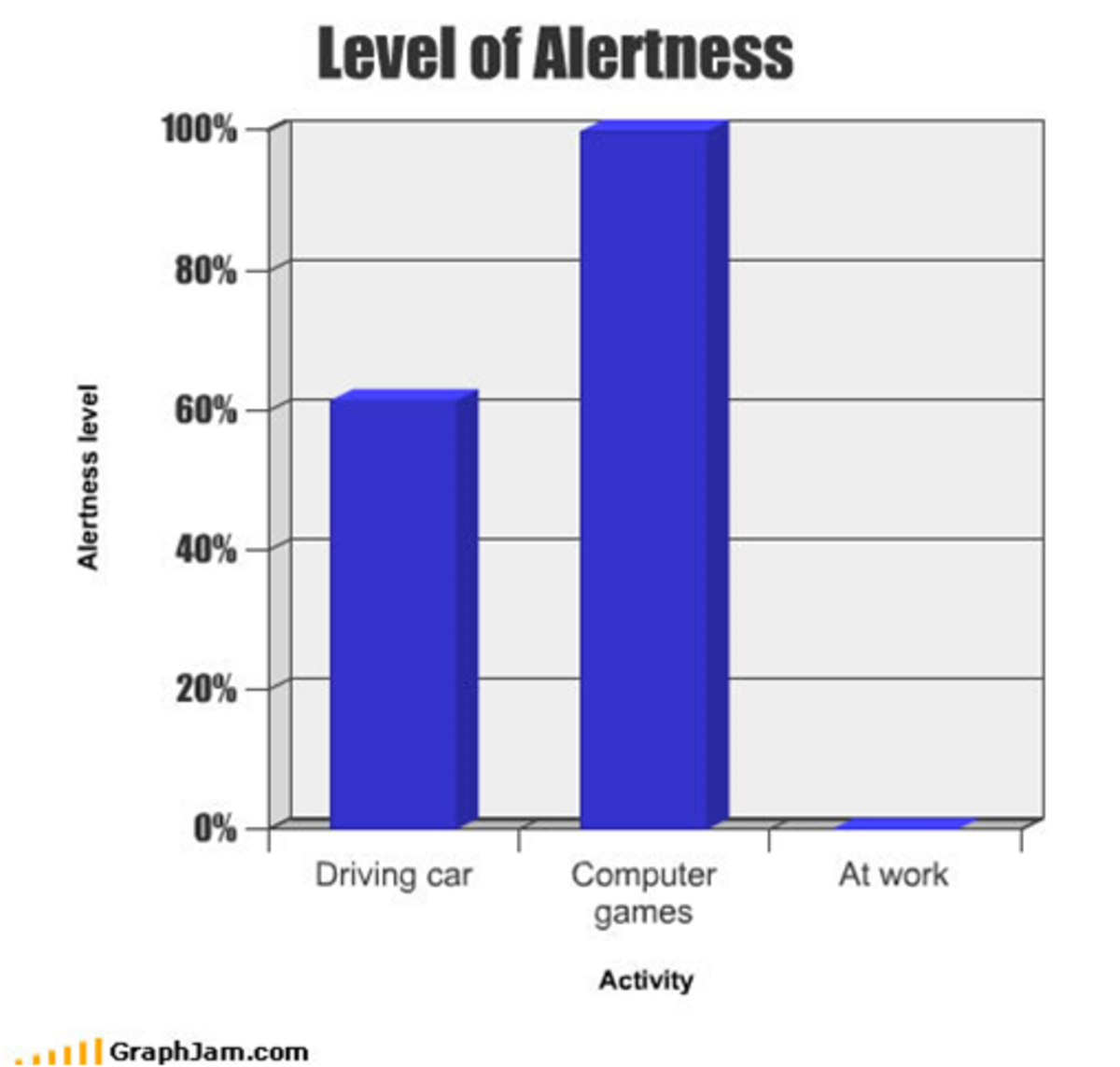Rooster Teeth: Immersion

Simulation
Rooster Teeth is a company that specialized in web videos. As shown in Funny Moments From Red vs. Blue, the comedy Red vs. Blue was just one of the more well-known shows from Rooster Teeth. In addition, other shows have been made over the years. Most recently was the more action oriented show RWBY, which can be read about in RWBY: Rooster Teeth's Family-Friendly Action Series. But there have been shows that were not only live-action and a part of the Internet, the premise was interesting because it introduced concepts from video games into a real world context. Referred to as Immersion, each episode consisted of:
- One of the people behind Rooster Teeth talking about how a video game had an interesting mechanic that did not exist in the real world. Then that person would say that today that him and some other people would be bringing that mechanic into the real world.
- To test out a certain video game mechanic, two additional people were used as guinea pigs. These guinea pigs were forced into these situations through uncomfortable means. Or misinformation about what they were helping Rooster Teeth show.
- When actually showing a video game mechanic, the two guinea pigs were shown to be either incompetent, or very impulsive in their decisions. This usually meant that Immersion would show the two guinea pigs making complete folls of themselves. All to the amusement of both the people who forced them into this experiment and the viewers.
Immersion was interesting because it tried to show how a real person would survive if the world was like a video game. In this case, not very long.
Horde Mode
In some horror movies involving zombies, the uninfected humans have to fight-off giant hordes of zombies at some point. Same thing with video games in the horror genre. Also referred to as hordes, this was a moment where the player was forced to fight a huge amount of zombies. Just with a very limited arsenal of weapons. Of course, games like the Dead Rising franchise has fun with this idea by giving the player random objects that can become weapons against the legions of the undead. Immersion does not use Dead Rising mechanics when it tried to show how humans could handle a zombie hordes, it uses normal real world rules. As shown in this episode:
- Geoff and Gus, the guinea pigs in this episode, were not told about this experiment. However, they did come equipped with what appeared to be ammo. For this experiment, Geoff and Gus had to make their way through a forest until they got into a red barn. In the red barn there was a huge amount of Nerf guns and ammo that would serve as weapons against the zombies. And protect two constructed brains. Fortunately, both of them were equipped with smaller Nerf guns.
- Upon reaching the barn, Geoff and Gus had a few minutes to load-up better Nerf guns to use against the zombies. And they had to hurry because four hundred zombies were closing-in on the two of them. Fortunately, the Nerf guns at the barn had three thousand rounds for Geoff and Gus. Shame Geoff and Gus had a a hard time knowing how some of the guns worked.
- Once the zombies started closing-in, Geoff and Gus started a long process of shooting zombies from afar and running back to the barn to reload; which was an overall bad idea because it was pointed out that too much energy was being used by running and then reloading. It did not help that some of the Nerf guns started not working properly.
- Eventually, the zombies won. And were reveved because nobody shot them on the head.

Five Nights at Freddy's
Back in Horror in Video Games: How is It Scary? I talked about how different games were made to scare players. Like the Five Nights at Freddy's franchise. In Five Night's at Freddy's the player was forced to prevent animatronic mascots from breaking into the small room the player was trapped in, and end the game. Of course, the player can protect themselves by manipulating an electrical device that controlled the doors, camera, and any other passageways that the robots could use to reach the player, but the power needed to keep the electricity on was limited. Which meant that one had to strategize about everything.
Immersion tried to implement the physics of Five Nights at Freddy's in a real world context, which was much easier since all there was was watching and manipulating machinery. Its guinea pigs, Michael and Gavin, proved that Five Nights at Freddy's in real life could still be scary. Mostly by:
- In the Rooster Teeth office, there was a room made to look like a level in Five Nights at Freddy's. Complete with a tiny, enclosed place to put Michael and Gavin in.
- The animatronics that were going to be substitues for the normal enemies of Five Nights at Freddy's were characters from other Rooster Teeth shows. Like the monsters from RWBY. And if they caught either Michael or Gavin, they were also equipped to give electrical shocks via cattle prods.
- Both Michael and Gavin were trapped inside an office together for this challenge. The monsters would be running around the Rooster Teeth office. And various cameras in the office would provide a look at how close the monsters were from reaching Michael and Gavin.
- And like Five Nights at Freddy's, there was a limited amount of power. And unlike the game, Michael and Gavin would not receive instructions on how to use the machinery.
Predictably, Michael and Gavin lost. But they did survive for up to three nights.

Space Invaders
Space Invaders was a game that needed no explanation. Aliens came to invade Earth. And the player was tasked to shoot all of the aliens to save Earth. The aliens moved in a set pattern, and the game made shooting all of them down fairly simple. Immersion would show that this game's mechanics would actually be hard in real life.
In this episode of Immersion:
- The guinea pigs for this experiment were Michael and Ryan. The aliens were real people. And a Nerf gun was used to shoot the aliens down. And the aliens were armed with their own projectiles to use on Michael and Ryan.
- One way Space Invaders could be hard in real life would be equipment failure. As shown here, the Nerf gun failing meant that the aliens could have a better chance at destroying Earth's defenses. Especially with concerns with loading ammo.
- Michael, who was the shooter, actually did pretty well. Ryan, the one to move Michael around, helped somewhat. And they initially did so well against the initial aliens; much less so once the mothership was introduced. Which promptly started presenting trouble for Michael and Ryan.
- Ultimately, Earth was conquered.
Reality
Rooster Teeth has been responsible for some entertaining forms of entertainment over the years. Most of them related to video games. Immersion was no different. But rather than make a show about the mechanics of a video game, Immersion got to show how a video game's mechanics would work in the real world. In this case, quite horribly. But it is still funny for viewers to watch.






